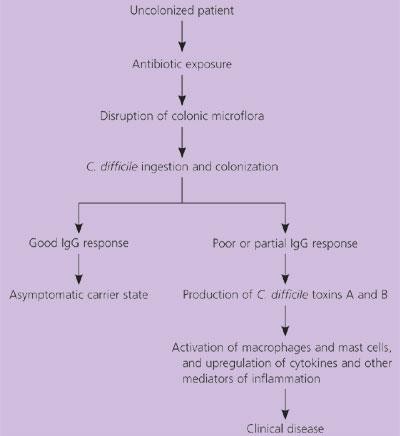A nurse is assessing the pain status of a group of clients. Which of the following findings indicates a client is experiencing referred pain?
A client who has peritonitis reports generalized abdominal pain.
A client who has angina reports substernal chest pain.
A client who has pancreatitis reports pain in the left shoulder.
A client who is postoperative reports incisional pain.
The Correct Answer is C
Referred pain is pain that is felt in a location different from its source due to shared nerve pathways or central nervous system processing. A client who has pancreatitis may experience pain in the left shoulder due to irritation of the diaphragm by pancreatic enzymes or inflammation. This pain is referred from the abdominal cavity to the shoulder through the phrenic nerve.
A client who has peritonitis reports generalized abdominal pain that corresponds to the site of inflammation and infection in the peritoneum. A client who has angina reports substernal chest pain that reflects the ischemia and hypoxia of the myocardium. A client who is postoperative reports incisional pain that is caused by tissue damage and inflammation at the surgical site.
Nursing Test Bank
Naxlex Comprehensive Predictor Exams
Related Questions
Correct Answer is C
Explanation
In C, There is ST segment elevation in this ECG which is indicative of a myocardial infarction
Correct Answer is A
Explanation
Clostridium difficile is a spore-forming bacteria that can cause severe diarrhea and other gastrointestinal symptoms. It's highly contagious and can easily spread to other patients.Alcohol-based hand rubs are not effective against spores and should not be used for hand hygiene in this case. Chlorhexidine is also not sporicidal and should not be used for environmental cleaning. A protective environment is indicated for clients who are at risk of infection from others, not for clients who are infectious to others.Gloves are important for preventing the spread of infection, but they should be used in conjunction with other infection control measures, such as handwashing and protective isolation.

Whether you are a student looking to ace your exams or a practicing nurse seeking to enhance your expertise , our nursing education contents will empower you with the confidence and competence to make a difference in the lives of patients and become a respected leader in the healthcare field.
Visit Naxlex, invest in your future and unlock endless possibilities with our unparalleled nursing education contents today
Report Wrong Answer on the Current Question
Do you disagree with the answer? If yes, what is your expected answer? Explain.
Kindly be descriptive with the issue you are facing.
